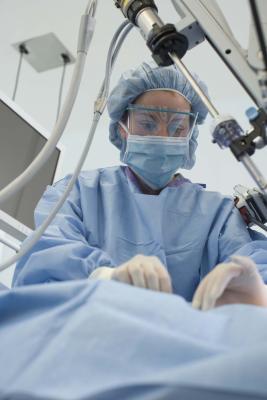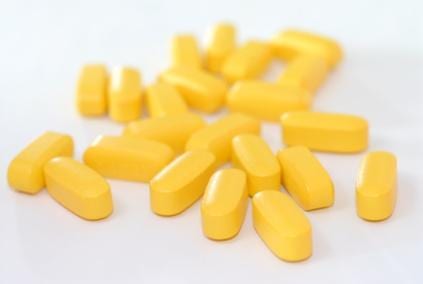Search Results for: Kidney Diseases
Examples of Low-Protein Diets
Protein is important for a healthy body; however, there are certain conditions where it should be limited or lowered. Some conditions that require lower protein intake include liver and kidney diseases. These conditions can lead to high levels or buildup of urea (a waste product of protein metabolism) in the bloodstream, causing loss of appetite and fatigue. A low-protein diet will reduce the buildup of urea in the bloodstream.
Recipes for Healthy Muffins
Start you and your kids’ day off to a healthy start with a nutritious muffin. Make them yourself to ensure you’re using healthy ingredients and to save money by avoiding expensive coffee house muffins. Fiber and vitamin-rich ingredients used in homemade muffins may even be able to help prevent disease and treat some conditions.
Appendicitis Signs & Symptoms
In appendicitis, the appendix becomes infected, filling with pus. It primarily occurs in those between 10 and 30 years of age, though it can happen at any time. Your doctor will typically resolve the problem by removing your appendix through surgery. Recognize the signs of appendicitis in you or your loved ones.
What Should a Diabetic Diet Consist Of?
Diabetes, according to the Mayo Clinic, refers to a disease that affects your body’s ability to control glucose levels. When you have this disease, your glucose levels become higher than what is healthy. A healthy diet helps your body regulate your glucose levels and can prevent complications such as nerve damage and heart problems.
Side Effects of the Supplement Vitamin D
As a mother, you probably need all the energy you can get to keep up with the kids. Some mothers take vitamin supplements to make sure they get enough nutrients. Vitamin D, in particular, can help support your skeletal system. The U.S. Institute of Medicine of the National Academy of Sciences recommends that young women consume 200 International Units (equivalent to 5 mcg) of vitamin D each day. Exposure to sunlight, as well as consuming certain foods, supplies this vitamin. Supplemental vitamin D may help you obtain enough vitamin D, but you may notice certain side effects if you take too much.



